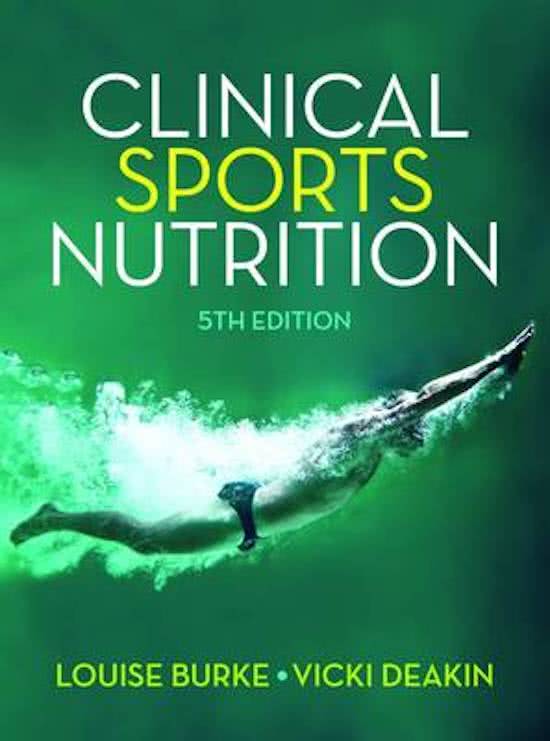Samenvatting
Summary Literature of Sport and Performance Dietetics
- Instelling
- Vrije Universiteit Amsterdam (VU)
Summary of the literature of sport and performance dietetics, chapters 2-8, 11-16, 18 and 24 of Clinial Sports Nutrition, Chapter 28 of Exercise Physiology and articles
[Meer zien]





